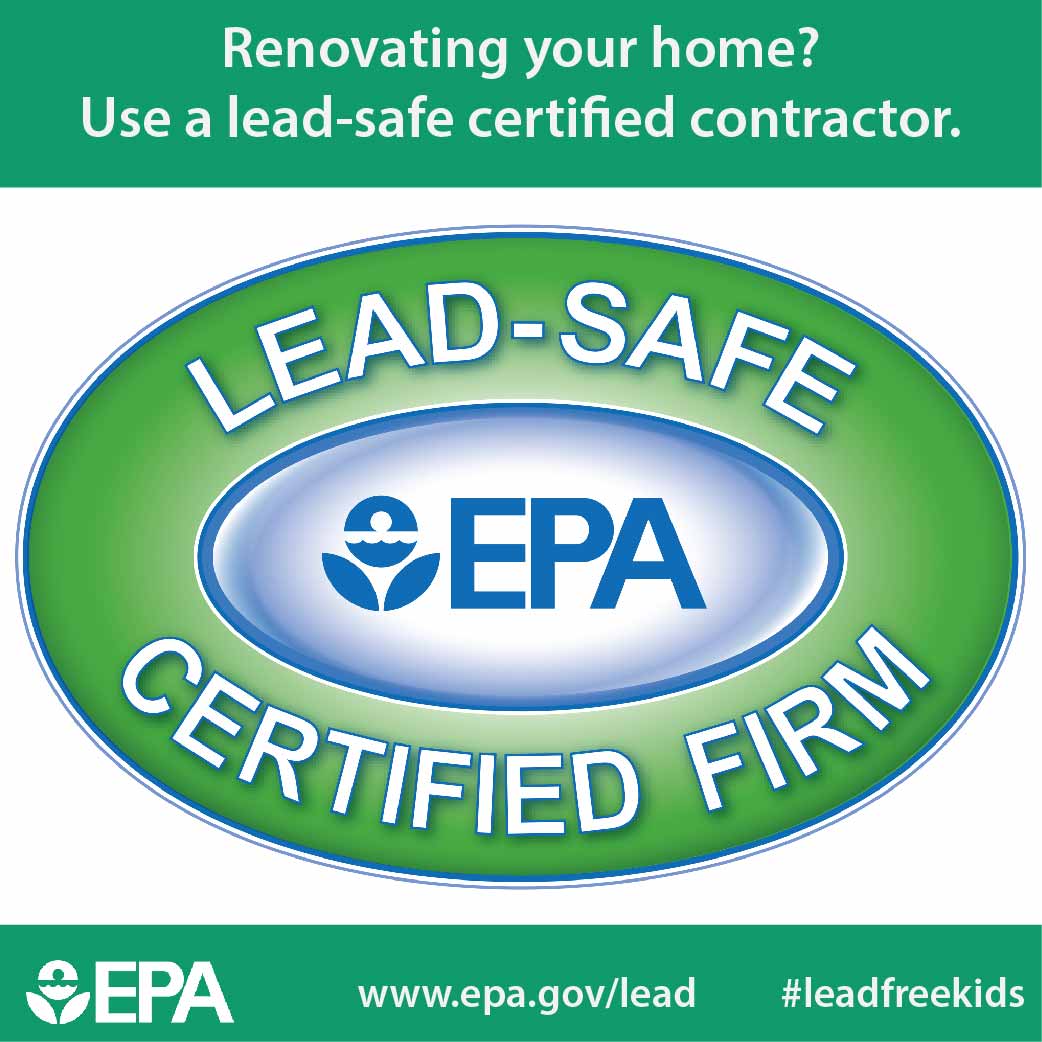Discover Exactly How Seasonal Variables Affect Industrial External Paint Success And Find The Most Effective Times To Guarantee Long-Term Outcomes For Your Job
Discover Exactly How Seasonal Variables Affect Industrial External Paint Success And Find The Most Effective Times To Guarantee Long-Term Outcomes For Your Job
Blog Article
Short Article Developed By-Ford Celik
When you're intending an industrial exterior paint task, seasonal factors can make or break your results. You'll want to take into consideration how temperature and humidity influence paint application and drying out times. Selecting the best season can guarantee your paint sticks effectively and lasts much longer. However which periods are truly the most effective for this type of job? Allow's discover the crucial elements that can impact your task's success.
The Impact of Temperature Level on Paint Application
When you're preparing a business exterior painting task, the temperature can considerably affect exactly how well the paint adheres and dries.
Ideally, exterior house spray painters intend to repaint when temperatures range in between 50 ° F and 85 ° F. If it's too cool, the paint may not heal appropriately, resulting in problems like peeling or fracturing.
On Learn Alot more Here , if it's also hot, the paint can dry also swiftly, preventing correct attachment and resulting in an irregular finish.
You must likewise take into consideration the moment of day; morning or late afternoon offers cooler temperatures, which can be extra positive.
Constantly inspect the maker's recommendations for the specific paint you're making use of, as they commonly supply guidance on the suitable temperature range for ideal outcomes.
Humidity and Its Effect on Drying Times
Temperature level isn't the only ecological factor that affects your business outside paint job; humidity plays a substantial role as well. High moisture levels can reduce drying out times drastically, impacting the general top quality of your paint task.
When the air is saturated with dampness, the paint takes longer to treat, which can result in issues like poor attachment and a higher risk of mold development. If you're repainting on an especially moist day, be prepared for extensive delay times in between coats.
It's crucial to keep track of neighborhood climate condition and strategy as necessary. Preferably, go for humidity levels in between 40% and 70% for ideal drying out.
Maintaining these consider mind ensures your job remains on track and supplies a long lasting finish.
Best Seasons for Commercial Outside Paint Projects
What's the very best season for your commercial exterior paint tasks?
Spring and early autumn are typically your best options. During these periods, temperature levels are mild, and moisture levels are frequently lower, developing suitable conditions for paint application and drying out.
Avoid summer's intense heat, which can trigger paint to dry too rapidly, leading to bad adhesion and surface. In a similar way, wintertime's cool temperatures can impede appropriate drying out and treating, running the risk of the longevity of your paint job.
Go for days with temperatures in between 50 ° F and 85 ° F for optimum results. Keep in mind to inspect the local weather prediction for rain, as wet problems can ruin your task.
Preparation around these factors guarantees your painting project runs efficiently and lasts much longer.
Verdict
Finally, planning your commercial outside painting projects around seasonal factors to consider can make a substantial difference in the result. By organizing work throughout the perfect temperature levels and humidity degrees, you'll guarantee far better bond and drying times. Remember to keep an eye on neighborhood weather report and select the right time of year-- springtime and very early fall are your best options. Taking these steps will help you achieve a long lasting and expert finish that lasts.
